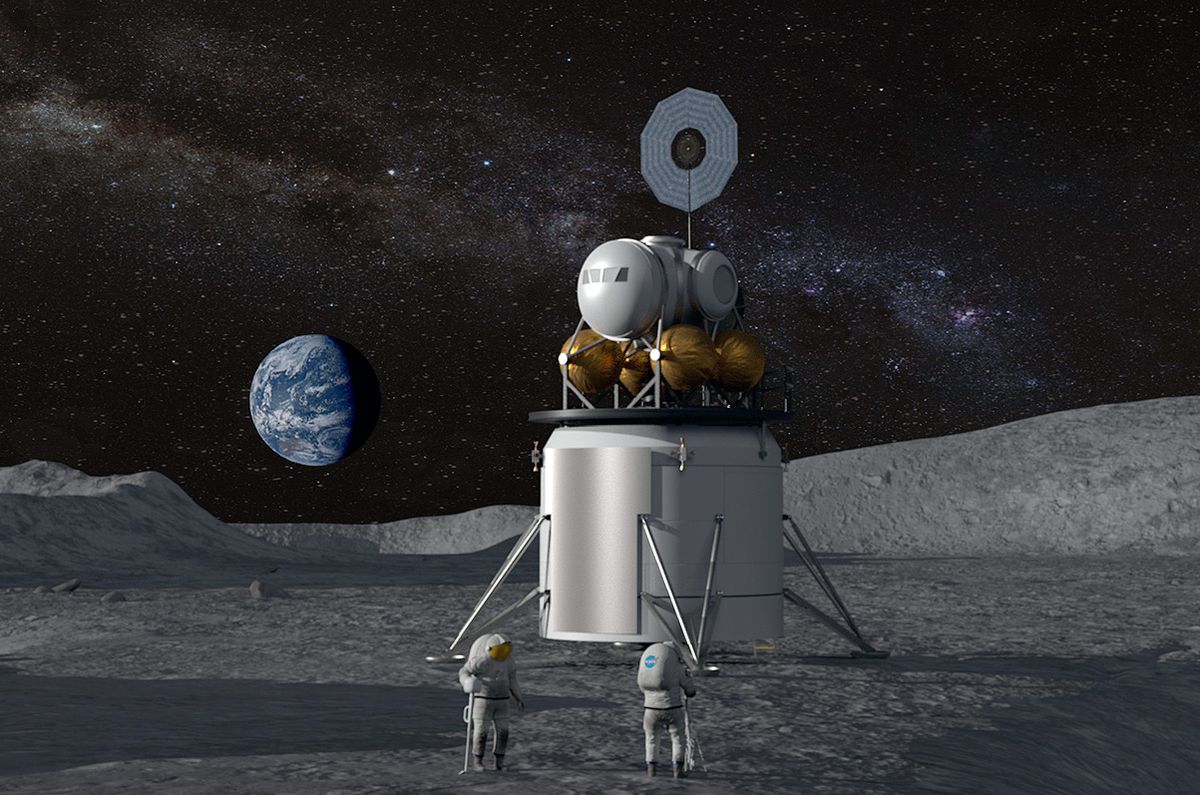In a recent hearing of the House of Representatives Committee on Appropriations, Bill Nelson, the head of the US space agency NASA, noted the United States’ determination to land astronauts on the moon before China.
Nelson also expressed concerns over the potential militarization of outer space, highlighting the urgency for the US to lead in lunar exploration. The US’s Artemis lunar program, designed to land astronauts at the moon’s south pole, is pivotal in this competition to race to the moon.
Nelson underscored the program’s primary objective: to comprehend human survival in harsh environments, with Mars exploration as a long-term goal. Acknowledging China’s recent strides in space exploration, he warned that much remained unknown about their activities.
“China has made extraordinary strides, especially in the last 10 years, but they are very, very secretive,” Nelson stated.
The United States intends to achieve a moon landing by September 2026 as part of its Artemis missions, extending the original deadline of 2025 due to various delays.

China, on the other hand, announced its intention to land its spacefarers – known as taikonauts (Mandarin: yuhangyuan) – on the moon by 2030.
The NASA chief expressed concern that Beijing’s expanding space capabilities could potentially close the gap with the US lunar program.
Nelson noted that China’s space capabilities were formidable, evidenced by the successful operation of its space station. Highlighting China’s evolving timeline for lunar exploration, he expressed apprehension that China could expedite its plans to narrow the gap between its moon landing and NASA’s scheduled mission.
“Their latest date that they have said they’re going to land is 2030, but that keeps moving up,” Nelson remarked, suggesting a potential acceleration in China’s lunar ambitions.
In response, the NASA chief stressed the importance of the US prioritizing its efforts to reach the moon first, utilizing research endeavors for peaceful purposes. “Their [China’s] science is good, their engineering is good, and the proof’s in the pudding, they now have a space station up there,” Nelson added.
Potential Militarization Of Moon
The NASA head raised suspicions about the true nature of China’s space program, suggesting that it might possess military motives.
Expressing apprehension, Nelson voiced fears that China could assert territorial claims on the moon upon arrival, mirroring its disputes over islands in the South China Sea.
The NASA chief referred to the Spratly Islands, an archipelago in the South China Sea that is claimed by multiple nations. China has sought to assert its sovereignty over these islands, asserting control over all territory within a “nine-dash line” that encompasses a significant portion of the sea.
He also emphasized the need to prevent unilateral claims in outer space. “We believe that a lot of their so-called civilian space programs are military programs,” Nelson continued. And I think, in effect, we are in a race.”
He said he hoped Beijing would “come to its senses and understand that civilian space is for peaceful uses” but added, “We have not seen that demonstrated by China.”
Nelson delivered these comments while presenting a $25.4 billion budget proposal to lawmakers for his agency, representing slightly less than 0.4% of the overall $6.5 trillion US government budget for 2024.
Over the years, NASA officials have repeatedly underscored concerns that China might attempt to assert dominance in space, particularly on the moon, potentially marginalizing other countries in the process.
Meanwhile, China’s aspirations to construct a lunar base involve collaboration with Russia. In March 2021, Roscosmos (a state corporation of the Russian Federation responsible for space flights, cosmonautics programs, and aerospace research) and the China National Space Administration (CNSA) entered into a memorandum of understanding and cooperation to establish the International Scientific Lunar Station.
As part of the lunar program, China and Russia have planned to launch multiple missions to undertake various phases of lunar exploration.
The primary objective of these initial lunar missions is to evaluate key technologies essential for the future construction of a complex of experimental research facilities that can be operated remotely. The first mission is scheduled for 2026, and the project is anticipated to conclude by 2028.
In early March, Yuri Borisov, the head of Roscosmos, disclosed that Russia and China were exploring the feasibility of transporting a nuclear power plant to the Moon and installing it on the lunar surface between 2033 and 2035.
Nonetheless, control over a portion of the moon would pose significant risks for China, including potential damage to its international image, violations of international law, and the prospect of retaliation, all for uncertain benefits.
- Contact the author at ashishmichel(at)gmail.com
- Follow EurAsian Times on Google News